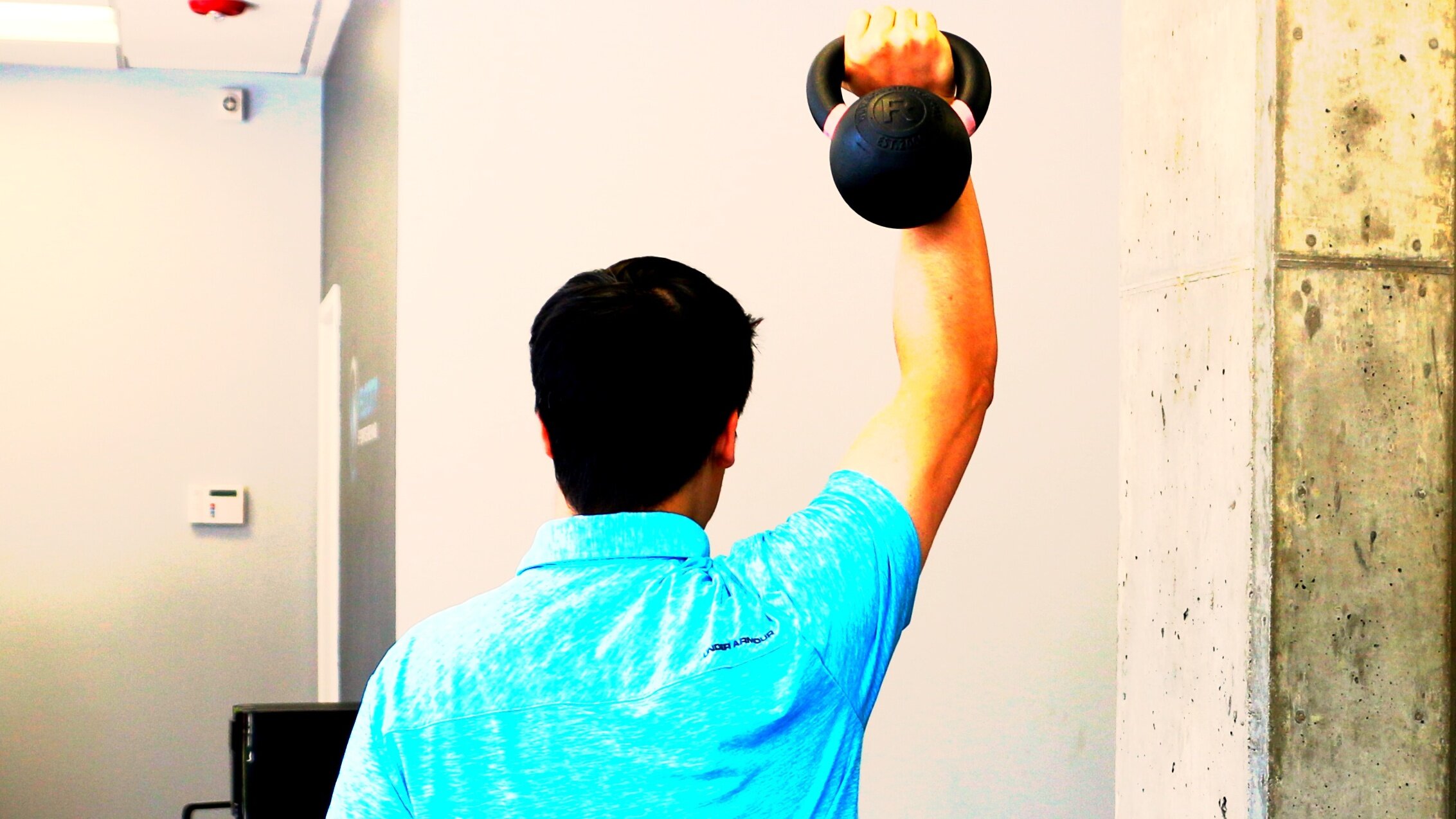Do Bone Spurs Cause Shoulder Pain?
 "There’s a bone spur in your shoulder which is causing shoulder pain and rotator cuff tearing.” Yikes, that sounds terrible. Obviously the solution is to have surgery to remove the bone spur… right?
"There’s a bone spur in your shoulder which is causing shoulder pain and rotator cuff tearing.” Yikes, that sounds terrible. Obviously the solution is to have surgery to remove the bone spur… right?
Can Shoulder Arthroscopy Work?
The Can Shoulder Arthroscopy Work? (CSAW) study published in The Lancet investigated the effectiveness of subacromial decompression compared to subacromial arthroscopy or no treatment. The study included 313 participants with the average age around 52 years old. The subacromial decompression surgery involved removing the bursa, soft tissue in the subacromial space, releasing the coracoacromial ligament, and removal of the bone spur. The subacromial arthroscopy surgery was performed in a similar fashion as the subacromial decompression surgery. It involved irrigation of the glenohumeral joint and subacromial bursa, but soft tissues were left intact. The no treatment group was used as a control for the study. The no treatment group involved an appointment with a specialist shoulder clinician three months after the study started, but no physical therapy or steroid injections were involved with this group. The outcome? Both subacromial decompression and subacromial arthroscopy resulted in improvement over baseline. But there was no difference between the two groups at 6 or 12 months post surgery!Of note, the no treatment group also improved over baseline. The difference between the surgical groups and the no treatment group were statistically significant, but were of questionable clinical significance. The authors of the study concluded that while both decompression and arthroscopy are effective to decrease shoulder pain, they do not provide patients with a clinically important benefit. They also suggested that the postoperative physical therapy may have improved the surgical outcomes, regardless of which surgery was performed.
The Bone Spur and Shoulder Pain Relationship
The CSAW study adds to the previous research on the poor association of structural pathology and pain. For shoulder pain, this was discussed in a previous article on shoulder tendinopathy. Of particular interest, one of the research articles mentioned found that acromioclavicular joint osteoarthritis was found in 65% of asymptomatic shoulders. This highlights the important distinction between association and causation.
Exercise for Shoulder Pain
In summary, it appears that bone spurs in the shoulder may not have as big of a impact in the development of shoulder pain as once believed. The high incidence of bone spurs in asymptomatic shoulders along with surgical removal of the bone spur not producing superior outcomes helps to shed light on whether structural pathology causes shoulder pain. The treatment of shoulder pain should primarily focus on exercise, especially for shoulder impingement and rotator cuff tendinopathy.
References:
Beard, DJ., Rees, JL., Cook, JA., et. al. Arthroscopic subacromial decompression for subacromial shoulder pain (CSAW): a multicentre, pragmatic, parallel group, placebo-controlled, three-group, randomized surgical trial. Lancet. 2018; 391:27:329-338